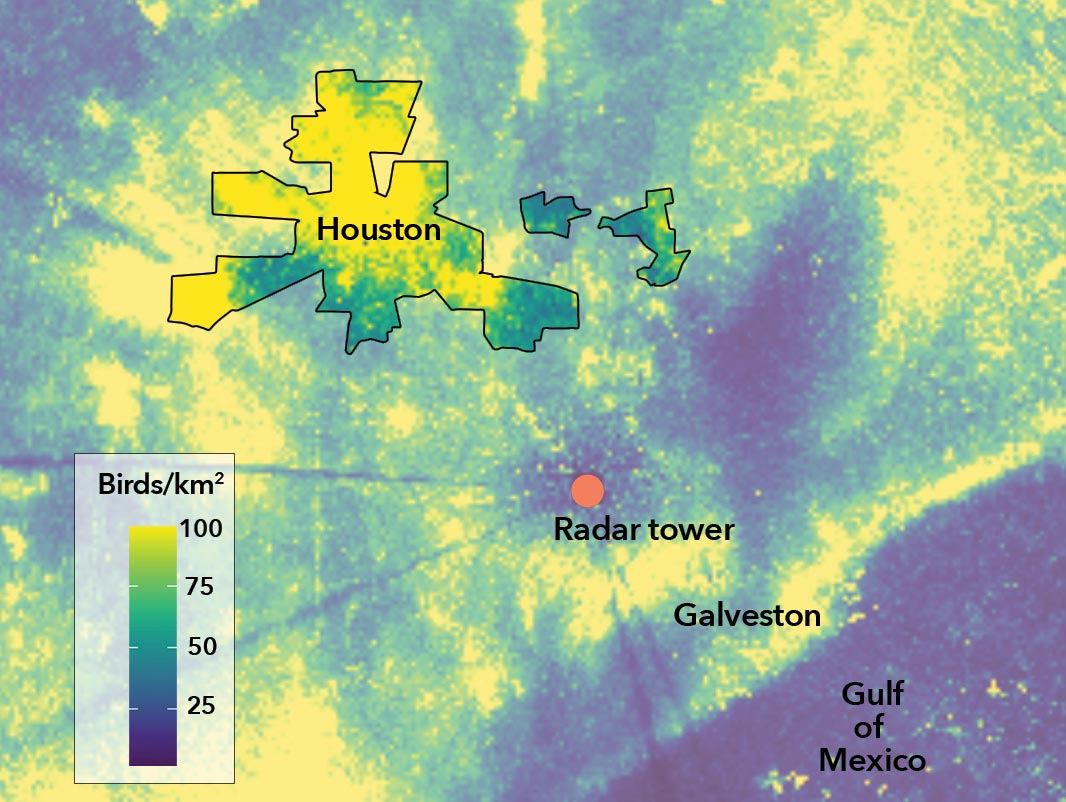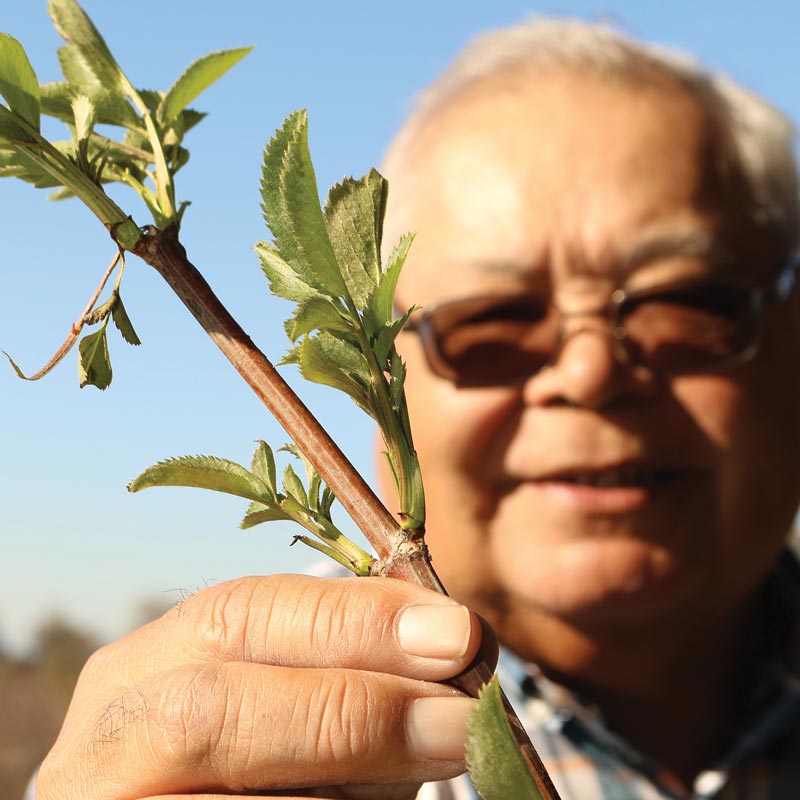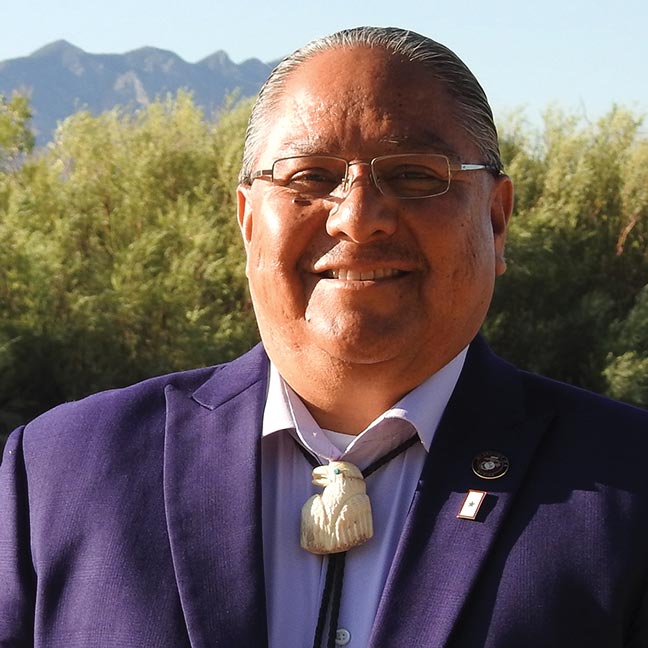Birds Are a Multiplier for Environmental Justice
Birds and people alike need healthy environments. Several recent studies show that Black, Latino, and Indigenous communities experience outsized environmental risks. Collaborative environmental investments in disadvantaged communities can advance environmental justice along with the conservation of birds.
California: Birds and ecosystem benefits make the difference for flood-ravaged farm community
Hamilton City is home to 2,000 people along the Sacramento River in one of the most flood-prone regions of California. Six times between 1980 and 2000, the community was evacuated due to rising waters.
The problem was an old levee—originally built to protect farm fields—that had become severely degraded, yet it was the only line of flood protection. For many years the U.S. Army Corps of Engineers was unable to make levee improvements, due to federal requirements for financial benefits from proposed flood control projects. Hamilton City is designated as a disadvantaged community by the California Department of Water Resources, and property values in the area couldn’t meet the threshold for protected assets.
Hamilton City resident Jose Puente and his wife, Lee Ann Grigsby-Puente, had been working for levee improvements since the 1970s, organizing taco and tamale sales to form a community group that could make a case for support. Still the answers weren’t good, and the future looked even worse—with water runoff along the Sacramento River projected to increase up to 60% by 2100 due to climate change.
Then in 2000, Congress allowed ecosystem benefits to be included in assessments of flood-control projects. The Nature Conservancy of California stepped in to work with the U.S. Fish and Wildlife Service, the Corps, and the community on designing riparian habitat into a new levee system. The completed project would connect nearby national wildlife refuge lands and create one of the largest contiguous areas of wildlife habitat along the Sacramento River—benefitting local populations of Red-tailed Hawks; several at-risk bird species such as Lazuli Bunting and Bank Swallow; and 35 federally endangered species, including Western Yellow-billed Cuckoo and Least Bell’s Vireo.
With the benefits for birds and riparian habitat included, the federal cost-benefit analysis climbed above the required threshold and the project was finally greenlighted for federal funding. TNC California helped acquire all land needed for the project, which was ultimately deeded to the local reclamation district. The Hamilton City setback levee was completed in 2021, and Puente’s vision finally became reality—a $100 million federal flood-protection project at last delivered for a tight-knit community who had been asking for flood relief for 50 years.


Greening up urban areas can provide relief for inner-city communities and migratory birds
Urban heat islands of concrete and pavement can get up to 22°F hotter than surrounding suburban and rural areas. People living in heat islands are more vulnerable to heat exhaustion, which complicates heart and respiratory conditions. Climate forecasts say the problem is going to get worse, with more frequent and prolonged periods of extreme heat.
Many of our nation’s big cities (and urban heat islands) are clustered along the coasts, which are also major corridors for bird migration. For example, more than 2 billion birds migrate across the Gulf of Mexico in spring. The exhausted birds that make landfall along the Texas coast are looking for safe places to rest and refuel, with millions touching down in the Houston area.
Federal bird conservation initiatives like the Urban Bird Treaty program offer a funding opportunity to green up urban heat islands and get two-for-one benefits—providing shade and cover for inner-city residents in the Houston neighborhoods that register the highest surface-heat temperatures, while also adding to the city’s stopover habitat for migratory birds.
Pueblo lands: Restoring Rio Grande backwaters to revitalize bird habitat and cultural traditions
In the Desert Southwest, wetlands and riparian areas are crucial to birds (harboring up to 90% of local avian diversity) and Indigenous peoples (for sustaining life and traditional practices).
Several decades of channelization along the Rio Grande in New Mexico have lowered the river’s water flows, in the process eliminating many wetlands, backwaters, oxbows, and wet meadows— and diminishing Tribal ways of life.
In recent years, more than a dozen Tribes in the region— including the Pueblos of Santa Ana, Isleta, Sandia, and Ohkay Owingeh—have been leading an effort to bring back the Rio Grande’s backwaters and oxbows. By including birds and wildlife habitat in their projects, the Tribes were able to access federal funding and agency resources. The collaborative projects restored riparian habitat for local birds on the Endangered Species list, such as Southwestern Willow Flycatcher and Western Yellow-billed Cuckoo, while creating fertile meadows for the gathering of culturally important medicinal plants for Tribes.
Restored backwaters and oxbows flush with cottonwoods and willows also provide better water filtration—removing excess nitrogen and phosphorus for cleaner water—and the higher river flows provide more irrigation water for crops.



